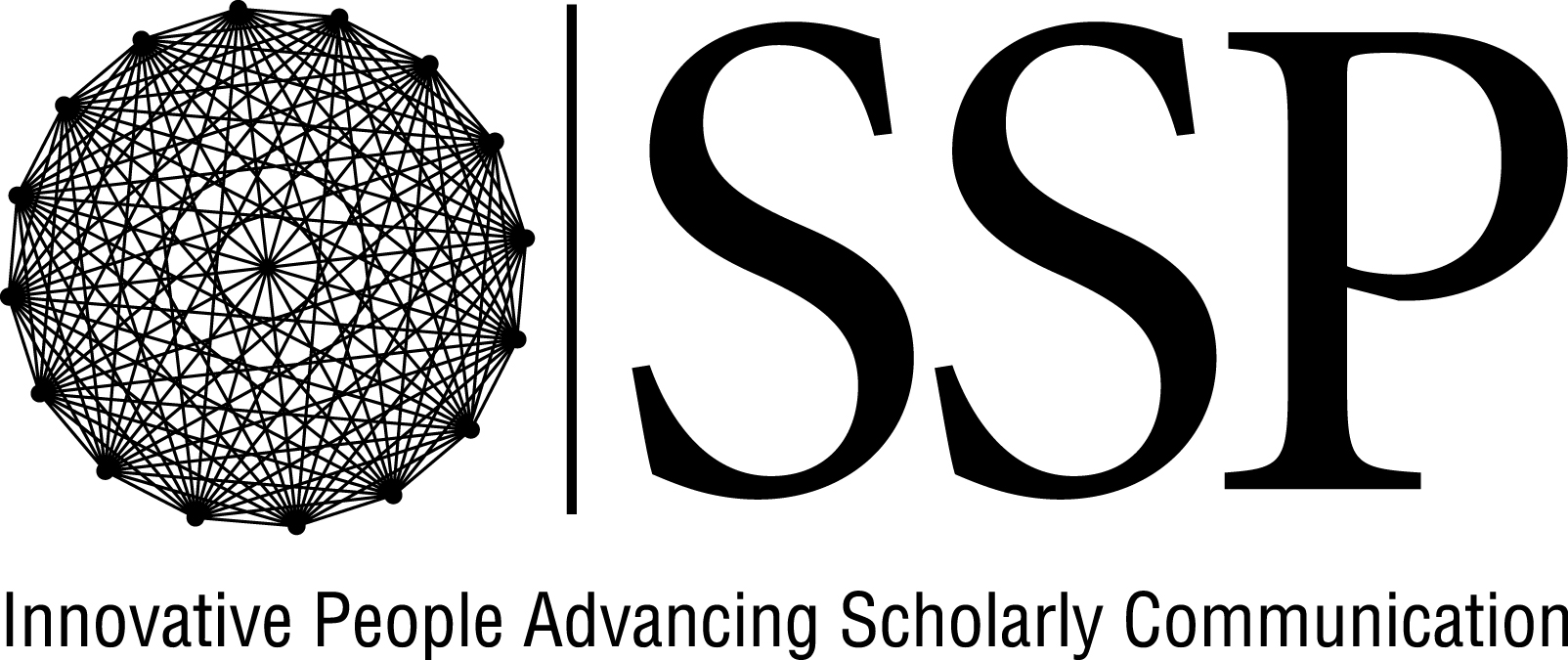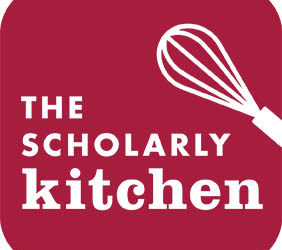 The Society for Scholarly Publishing, founder of The Scholarly Kitchen, recently launched its call for papers for the 2016 annual meeting in Vancouver, on the theme of Crossing Boundaries: New Horizons in Scholarly Communication. It’s a great topic, full of opportunities, and it got me thinking about the sorts of boundaries I’d like to see crossed in scholarly communications generally, as well as at the SSP conference (and other industry meetings) in particular.
The Society for Scholarly Publishing, founder of The Scholarly Kitchen, recently launched its call for papers for the 2016 annual meeting in Vancouver, on the theme of Crossing Boundaries: New Horizons in Scholarly Communication. It’s a great topic, full of opportunities, and it got me thinking about the sorts of boundaries I’d like to see crossed in scholarly communications generally, as well as at the SSP conference (and other industry meetings) in particular.
You probably won’t be surprised that top of my list is crossing the gender boundary. It’s the perfect example of an issue that needs to be addressed both broadly, across all of scholarly communications, and specifically, in our industry conferences. In scholarly publishing, as in so many other professions, there’s a disproportionate ratio of men to women at the top. So too are there often (mostly?) more male than female speakers at our industry conferences. And, in part due to gender bias, the situation is self-perpetuating. As my fellow chef, Charlie Rapple said in her post, “Women’s Place: In the Kitchen?” earlier this year: “The person who comes to our collective mind as “best able to speak on a topic” is usually the person most visible in relation to that topic.” So, the more men speak at conferences, the more they get invited to speak at other conferences; and the harder it often is, as a woman, to break into the circuit. But we all lose out if the people who typically comprise more than half the workforce aren’t being properly – or sometimes at all (think #allmalepanels) – represented on panels or as keynotes. As Charlie also points out, it’s not about favoring women over men, but rather “ensuring that there are more opportunities for women, and doing what we can to try to equip women to feel confident to take those opportunities.” Based on speakers at last year’s conference, SSP itself is doing pretty well – the gender split is roughly 50/50. But this isn’t the case universally, so Lauren Kane, my co-organizer for last year’s Mind the Gap session, and I are planning to research the topic over the next few months, with a view to presenting at SSP. Watch this space…
Another boundary much in need of crossing, and one which another Scholarly Kitchen Chef, Angela Cochran, has written about recently, is the one between us as publishers, libraries, societies, or vendors and the audience we serve – researchers. As Angela says, industry conferences, while “excellent at attracting publishers, publication managers, and editors, are failing to draw in the very people being served by the industry…a few “outsiders” are invited to speak and if we are lucky, they stay for the whole conference.” Which is too bad, because at events I’ve been involved in, the most popular sessions are always those where we do bring the ‘outside’ in – where we get to hear directly from the people who are using our products or services. There’s certainly room for improvement in terms of speaking slots for researchers (fewer than 10% of SSP speakers last year were academics or researchers), but as Angela says, “we need to do more than just invite a few folks to speak at publishing meetings…And if we do invite them, make it worth their time to stick around for the entire meeting. We all have a lot to learn from each other.” So wouldn’t it be great, for example, if a couple of researchers weren’t just wheeled in for sessions but, instead, were an integral part of the planning committee? And, thinking more broadly, wouldn’t it be wonderful if we had more opportunities to interact with our end users in our day-to-day work? Some people do, of course, especially those working in scholarly societies, but many others of us can go for months or even years without any direct contact with the very people who are at the heart of what we do.
Breaking down the boundaries between disciplines has long been on many wish lists. The traditional divide between science, technology, and medicine (STM) on the one hand, and arts, humanities, and social sciences (AHSS) on the other, has in some ways increased in recent years. Science, and in particular life science, has driven many of the changes in scholarly communications – open access, data publishing, new models of peer review, and more. In our eagerness to meet the needs of the science community, it’s not uncommon for STM organizations, or those that work across all disciplines, to lose sight of the sometimes very different needs of the AHSS community. This is reflected in many industry conference programs, where speakers from STM tend to predominate. There’s also a connection here between the dominance of journals – the publication vehicle of choice for scientists – on most programs, compared with books, which are how many AHSS scholars publish their major findings. And perhaps, also, a connection with the relative under-representation of university press speakers at many industry conferences – just 8% at last year’s SSP (AAUP being an obvious exception, of course)? Most university presses publish more books than journals so perhaps, by crossing that particular boundary, we could kill several birds with one stone – more AHSS content, more books content, more university press speakers, and ultimately attendees…
International boundaries are, arguably, as much (or more) of a logistical challenge than a content issue. Many people simply don’t have the funds to travel to conferences in their own country, never mind overseas. And conference organizers typically don’t have much in the way of budget to pay for overseas speakers. But, in this global world of scholarly communications, aren’t we missing a trick by not making more of an effort to learn about what’s going on internationally directly from our peers and colleagues around the world? And not just in the traditional scholarly communications world of North America, Western Europe, and Australia & New Zealand, but also in emerging powerhouses like China, India, and parts of the Middle East and Latin America. Finding affordable ways of doing this is a challenge, for sure. But, while some academic conferences are experimenting with virtual conferences, live streaming, or other ways of enabling increased international participation, I don’t personally know of any scholarly communications organizations that have done so. Perhaps this is something we should all be thinking more seriously about. Another option would be to look for conference locations in other countries or regions, or for opportunities to co-host conferences with industry counterparts overseas.
Thanks, SSP, for selecting such a thought-provoking topic for your 2016 conference – and let’s get thinking about how we can use it as an opportunity to make the meeting as inclusive and diverse as possible. Proposals are due by November 22, and there are seven tracks to choose from -Globalization, Ethics, Business Strategy, Marketing/Product Development, People in Publishing, Technology, and Meet with the [Researcher/Librarian/Publisher/Funder]. So if there’s a boundary that you’d like to see crossed, let the Annual Meeting Committee know as soon as possible!
Discussion
3 Thoughts on "Crossing Boundaries in Scholarly Communication"
Alice, yes please on more scholars at Schol Comm events, but also the reverse. In my experience academics understand publishers only a little bit, libraries insofar as they provide materials on their campus, and that’s it. Academic conferences should be working to include an education about scholarly communications, just as scholarly communications as a field needs to be intimately connected to the needs of researchers.


